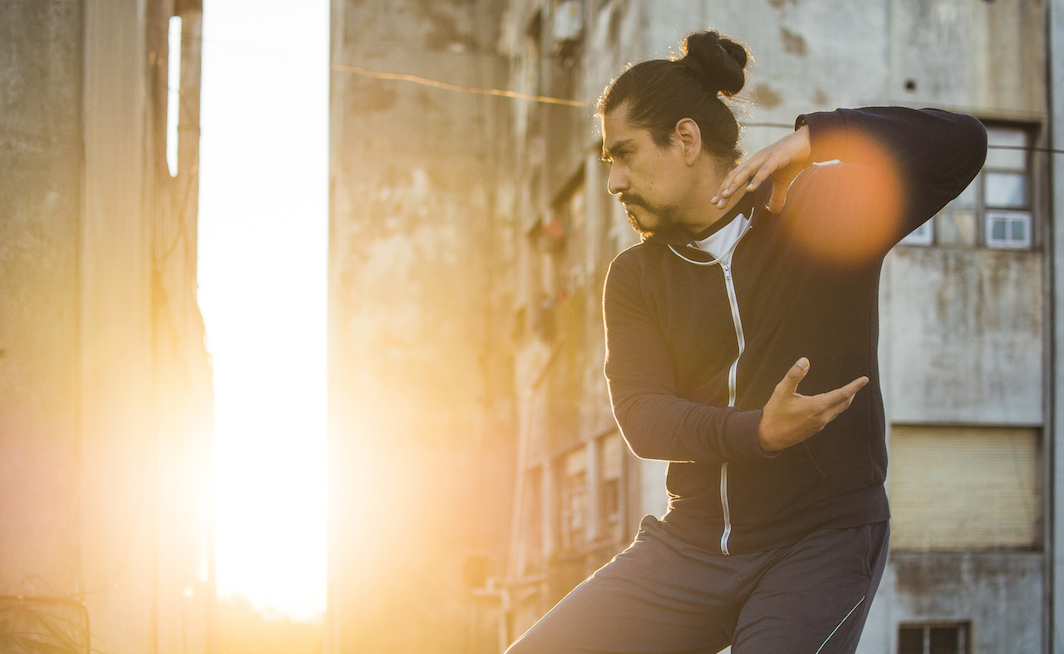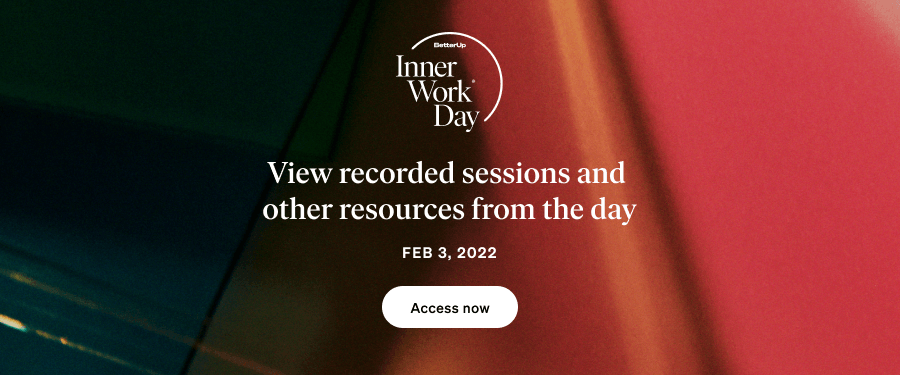
Until a couple of years ago, every time someone would ask me how I was doing, I would always give the same answer: I am so busy. Extremely busy. Crazy busy.
I wore my exhaustion like a trophy, as a sign of my strength and a mark of my character. The busier I was, the more important I felt. I had been done in by our culture’s big lie, which is: Work, and having a lot of it, is a marker of importance, of character, of economic security.
And this means that the reverse must also be true: If we aren’t working 24/7, we lack importance. We’re insignificant. We’re under-achieving. We’re weak. Taking time off is a sign of laziness or a lack of ambition.
If I tell you I’m busy, it isn’t because I’ve just spent an hour hiking, or reading for pleasure or inspiration. It probably also isn’t because I’ve spent the whole afternoon working on an engaging project, and lost all sense of time. I won’t lead with “I’m so busy” if I’m feeling super creative and productive and at ease.
I will tell you I’m busy if I’m hurried. A little on edge. Consumed with Outer Work: going to back-to-back meetings, interacting with customers, responding to email and Slack.
If you tell me that you are busy, your unconscious is hinting to me that you might be overtired, that you are willing to sacrifice your well-being for your career or your boss or your team at work, or for the success of your children, or doing what you (or other people) think you “should” be doing.
The truth is super hard for us to hear: Relentless Outer Work does not actually make us more successful or valuable as humans. It’s a sign that we aren’t fulfilling our potential.
If we are to be our most productive, successful, and joyful selves, we must learn to value Inner Work® in the same way that we value Outer Work. To see that when we do Inner Work®, we are able to do our Outer Work with greater ease, joy, and creativity. Here’s how.

1. Decide to invest in yourself
The best resource that you have right now for making a contribution to the world — for doing great Outer Work — is YOU. When that resource is depleted, your most valuable asset is damaged. It won’t be there to rise to the occasion for whatever challenges loom just over the horizon. In other words: When we underinvest in our bodies, minds, or spirits, we destroy our most essential tools for leading our best lives.
This means that we must take care of ourselves. This is a key component of Inner Work®. We humans don't do well when we defer maintenance on ourselves. We need to sustain the relationships that bring us connection and meaning. We must get enough sleep and rest when we are tired. We need to spend time having fun and playing, just for the joy of it. All of these things count as Inner Work®.
Don't be confused: Inner Work® is not selfish. Selfishness is an anxious focus on the self. Selfish people tend to pursue extrinsic goals, such as preserving their youthful beauty or cultivating an image of themselves on social media. They often hunger for more money, power, and approval from others, and they are often willing to pursue these things at the expense of other people or at the expense of their own integrity. This sort of self-focus is linked to stress, anxiety, depression, and health problems such as heart disease.
So I'm definitely not recommending selfishness. I'm suggesting self-care as a form of Inner Work®.
One of the most important ways we can invest in ourselves is to comfort ourselves in healthy ways. We are living in stressful and uncertain times. When we don’t invest in Inner Work®, we often comfort ourselves in ways that add to our anxiety in the long run.
Inner Work® helps us feel safe and secure, so why does it feel so counter to our usual impulse?
Blame it on the brain. When we feel uncertain or insecure, our brain tries to rescue us by activating our dopamine systems. This dopamine rush encourages us to seek rewards, making temptations more tempting. Think of this as your brain pushing you toward a comfort item . . . Like an extra glass of wine instead of a short walk in nature. Or an extra little something in your Amazon cart instead of a 5-minute meditation. Hypothetically, of course.
Instead of turning to social media, junk food, or booze to soothe our rattled nerves, we do better when we preemptively comfort ourselves in healthy ways.
Make a list of healthy ways to comfort yourself. Can you go for a hike with a neighbor? Schedule a call with a friend? Reflect on what you are grateful for? Take a little nap? Perhaps you could seek out a hug or find a yoga teacher online who inspires you.
Those things may seem small—or even luxurious—but they enable us to be the people that we want to be. They are investments in ourselves. They sustain well-being and great performance. They are important Inner Work®.
2. Think in terms of habits
Once you’ve identified Inner Work® that feels right for you, start thinking about how you can make it a habit rather than something you do once in a blue moon. For example, taking 5 minutes for journaling, meditation, or prayer every morning is a better way to invest in yourself than spending an hour today doing the same thing and then not doing it again for a month. Our outcomes — how we feel, and what we accomplish — are usually lagging measures of our habits, not individual inspired acts. What we do repeatedly adds up.
Start with your list of healthy ways to comfort yourself. What could you do every day?
Before we begin practicing a new behavior that we’d like to form into a habit, we do well to consciously designate an anchor or trigger for that new habit: something that is the same every time we want to enact it. My evening walk with my dogs — a time of reflection and daily Inner Work® for me — is triggered by me leaving my office in the evening and walking into the kitchen to think about dinner, and then ultimately feeding the dog. (So, the time of day is an anchor, as is feeding the dogs. After I feed the dogs, I habitually walk them.)
An anchor can be a time of day, a different habitual behavior that comes right before your habit (those make good triggers) — even an emotion. For example, when you feel anxious, you may habitually pick at your nails. Or if you feel happy, you may habitually reach for your phone to take a picture. (I’m not suggesting these as good anchors or habits, mind you. Just showing how emotions are often triggers.)
If you’ve got a habit that you don’t want to do every day, choose a trigger that occurs only when you want to do the habit. For example, “Do a thirty-minute yoga video twice a week” isn’t a habit. It’s a to-do item for your task list because there’s no clear trigger and therefore no clear automaticity. But maybe you drive carpool twice a week, and you can use that as a trigger: “Do a thirty-minute yoga video every carpool day as soon as I walk in the door from dropping the kids off at school.”
The idea is to get in a habit of doing a new behavior so frequently it becomes automatic.

3. Start small
Even though I have long coached people in effective methods to form Inner Work® habits, there have been times in my life when I refused to follow my own best advice.
Take meditation, for example. Research shows that meditation can boost well-being and reduce stress. So I made a goal to sit and meditate twice every day for 25 minutes. I downloaded an app to guide me through meditations and even bought a special cushion to sit on. But then I actually only stuck to my schedule for a few days. I only stuck to it for a few days even though I felt like the importance of meditation and the good health benefits had never been more bracingly clear. I believed in it, but I also felt too busy to meditate — so I didn’t do it.
It turns out that our ability to follow through on our best intentions doesn't depend on our understanding of the benefits of a particular behavior or even on the strength of our willpower. It depends on our willingness to be bad at our desired behavior. And the truth is that I stopped meditating because I wasn't willing to be bad at it.
We have to be willing to be bad at our new good habits. Woah.
Here's why we need to be willing to be bad at our new habits: being good requires that our effort and our motivation be in proportion to each other. The harder something is for us to do, the more motivation we need to do that thing. As you might have noticed, we can’t always muster motivation on command. Whether we like it or not, motivation comes and motivation goes. When motivation wanes, we human beings tend to just do the easiest thing.
So ask yourself: How can you strip that thing that you are meaning to do down into something so easy you could do it every day with barely a thought? It might be doing a single yoga pose or going for a one-minute walk outside. Don't worry — you'll get to do more. This better-than-nothing behavior is not your ultimate goal. But for now, what could you do that is so ridiculously easy that you can do it even when you’re tired, even when you’re stressed, even when nothing is going as planned?
Start there, and build slowly once you’ve gotten into an easy routine.
Inner Work® is Still Work
These little bits of Inner Work® — a better-than-nothing practice that requires little time and effort — won’t feel like work. You won’t feel busy and important while you are doing it, and you might even feel lazy or guilty or self-indulgent. But sticking with a life of busyness and unrelenting Outer Work will break your heart slowly. True happiness and fulfillment, it turns out, are not found in the unyielding pursuit of an impossible ideal.
To develop our multiple talents and to live life to the fullest, to reach more of our potential, we must invest in ourselves, in our habits and hobbies, and growth. For this reason, Inner Work® is some of the most important work we’ll do this year.








